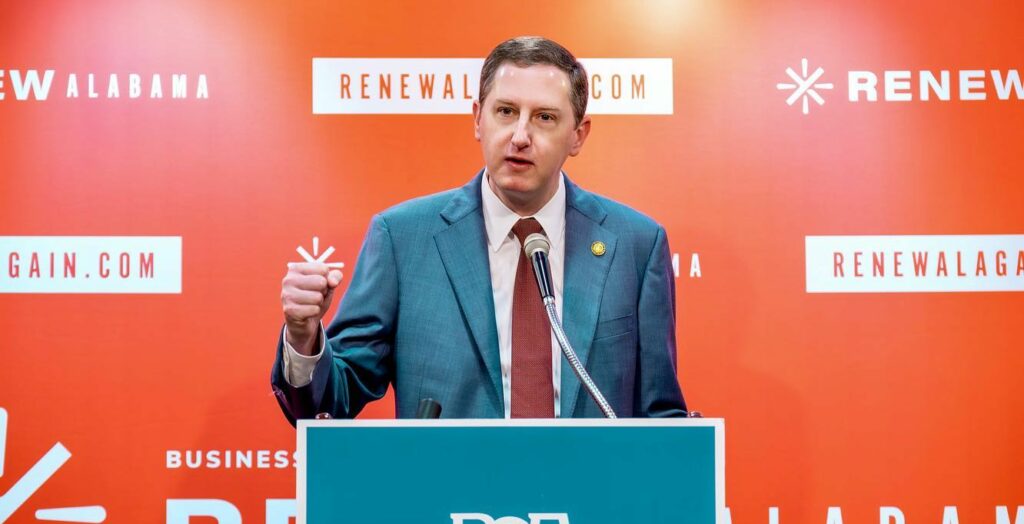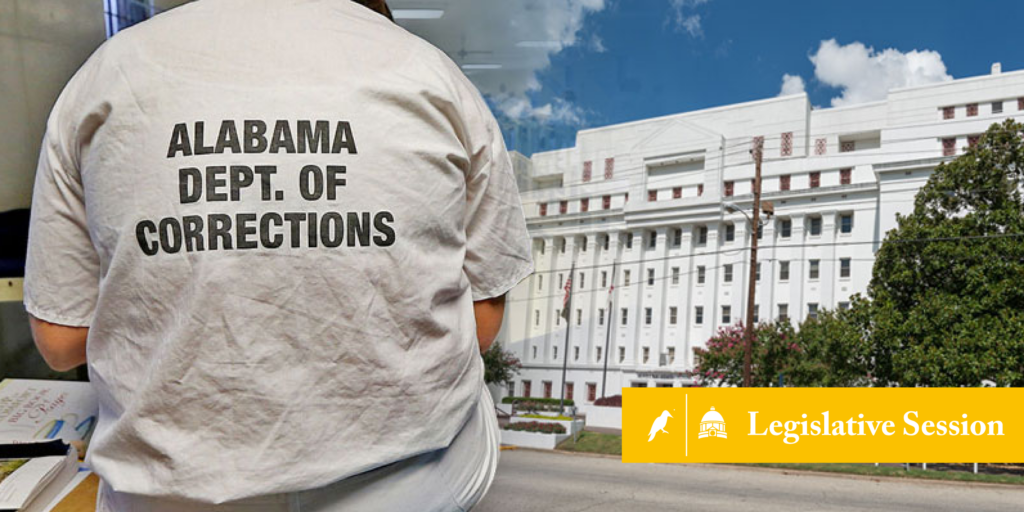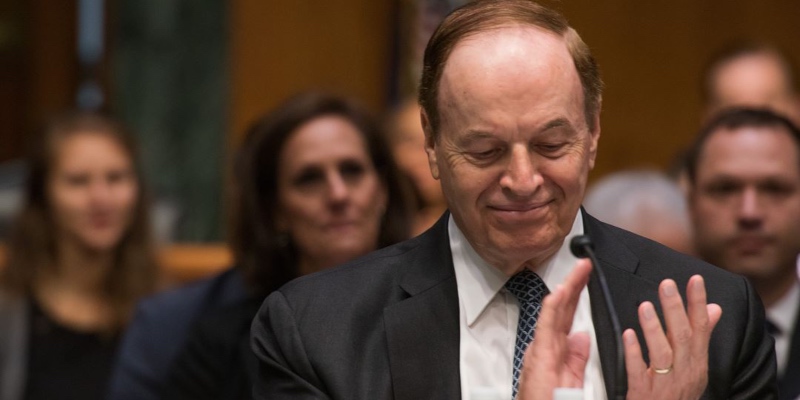
As the debate over Alabama’s General Fund budget shortfall continues, four schools of thought have emerged on how to solve this problem: a) tax increases, b) gambling revenue, c) unearmarking, d) and across-the-board cuts. Each one of these proposals has been deemed the obvious, simple solution to the problem, but none would actually be that straightforward. As proposed, three of the four would require the second, overlooked step of prioritizing spending–a difficult task in a currently fragmented Republican majority.
For example, if taxes are raised or gambling is expanded, where is this new revenue going to go? Assuming it goes to the General Fund, which programs or agencies will receive it? Will it be spread across the board equally or dedicated to certain services? Who will decide which functions of state government outrank the others? Except for the DOA idea of a lottery to fund Medicaid, none of these questions has a clear answer.
Unearmarking comes with the same uncertainty. To be clear, unearmarking does not generate any new money. The practice would merely give legislators more flexibility to move money around, but with the same financial obligations as before. In theory, this is a good thing as it would allow legislators to pick and choose, but will legislators suddenly be able to agree which programs should be cut and which should be funded? If the unearmarked money is not prioritized in a systematic way and no cost-saving reforms are adopted along with it, we may not end up any better off.
What about the House budget proposal that makes across-the-board cuts? That may well be where we end up at sine die, but should it be? It’s the neat and clean approach, but again, allows legislators to shirk the duty of prioritizing spending. Do all agencies and programs provide services to Alabamians that are of equal importance? Some of these agencies seem to have been neglected and set up to fail in the past only to be underfunded again this year, while others ask for more and more funding without a high degree of results-oriented accountability.
Several cost-saving options that would help alleviate the need for across-the-board cuts have been proposed by various Republicans this session. Surprisingly, most have been met with disinterest or outright opposition from their own caucus.
The current dissension in solving the budget shortfall is fueled, in part, by a lack of clearly defined priorities. There is a pressing need for leadership in the discipline of priority budgeting now, but more importantly, for the long-term. Going forward, the legislature (ideally, with help from the Executive Branch) should develop a set of fixed priorities and performance-based metrics for government agencies and offices. That way, whether there is a surplus or a shortfall in the future, there is some methodical basis on which legislators can make their spending decisions.
The ideal, yet far from simple, solution for this year would hit on a sweet spot of cost-saving reforms, targeted cuts, unearmarking certain monies, and permanently directing some growth revenue to the General Fund. An agreement of this kind could gain support if decision-making as to the specifics was based on a clear outline of what the state’s priorities should be and which services best achieve those priorities. The current supermajority has the votes to move the state beyond the status quo. Principled, conservative legislators need to rally their colleagues around such a plan that will protect Alabama taxpayers from bearing the burden of legislative discord and unclear priorities.
Katherine Robertson is the Vice President of the Alabama Policy Institute












